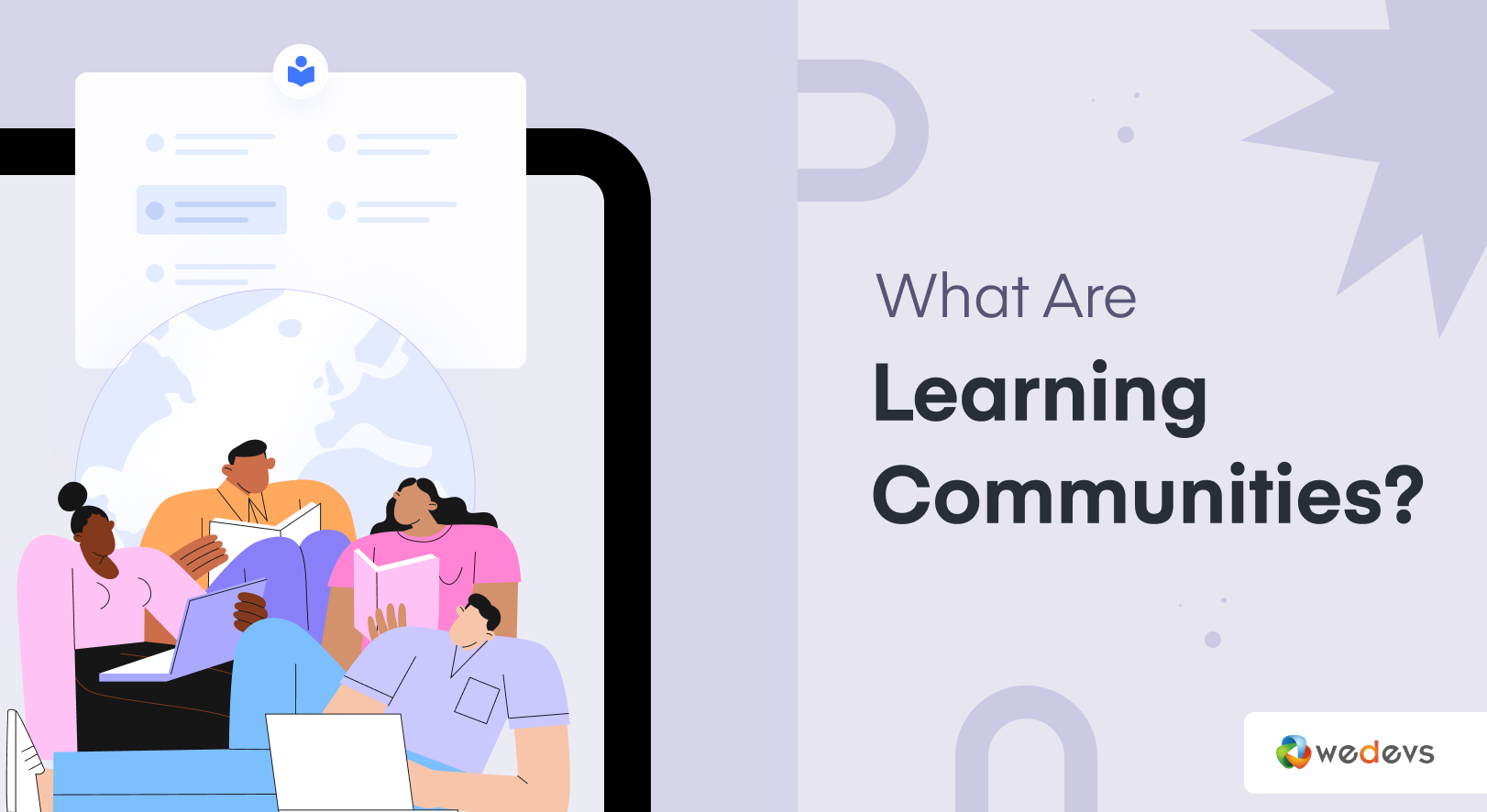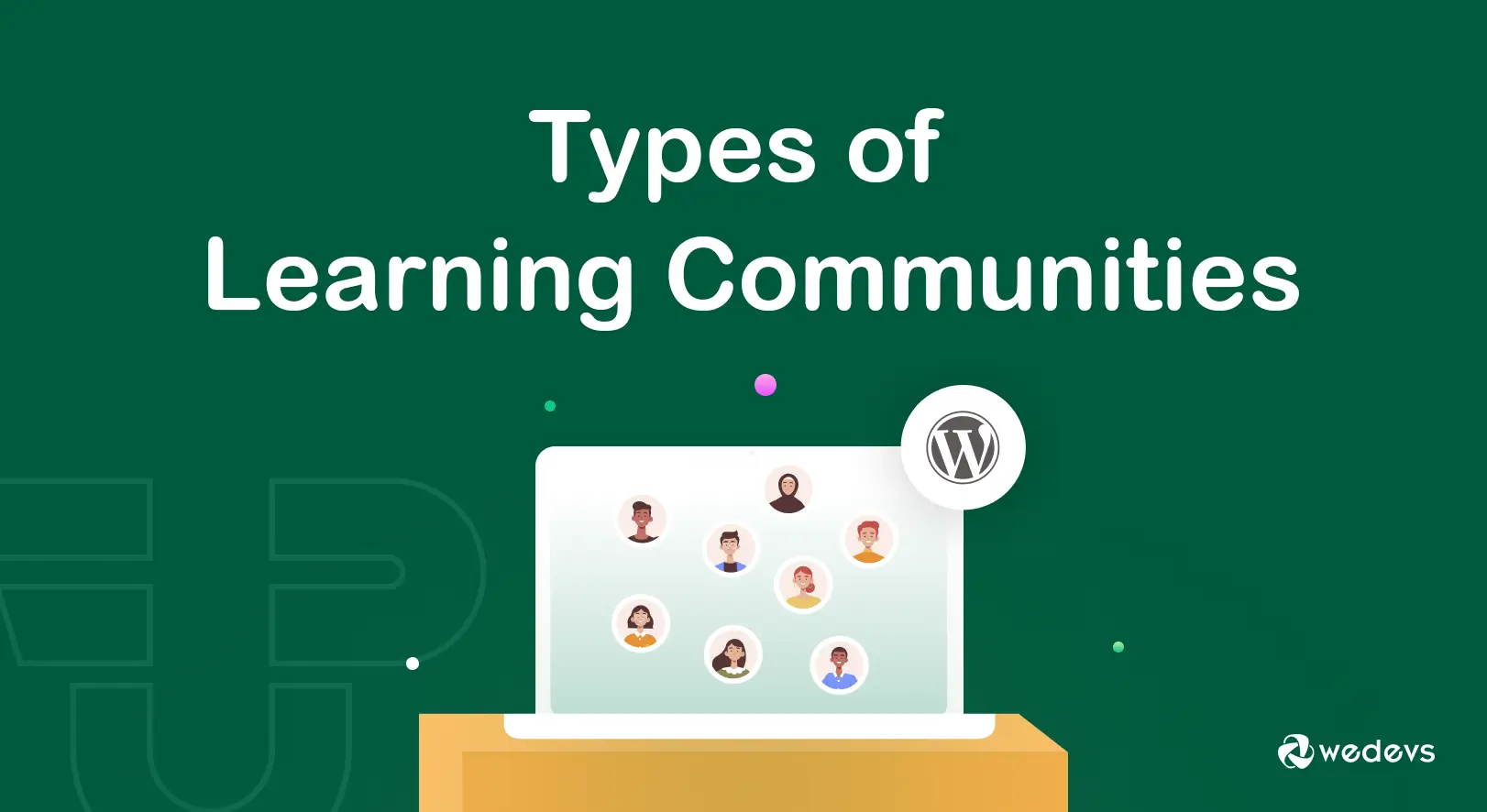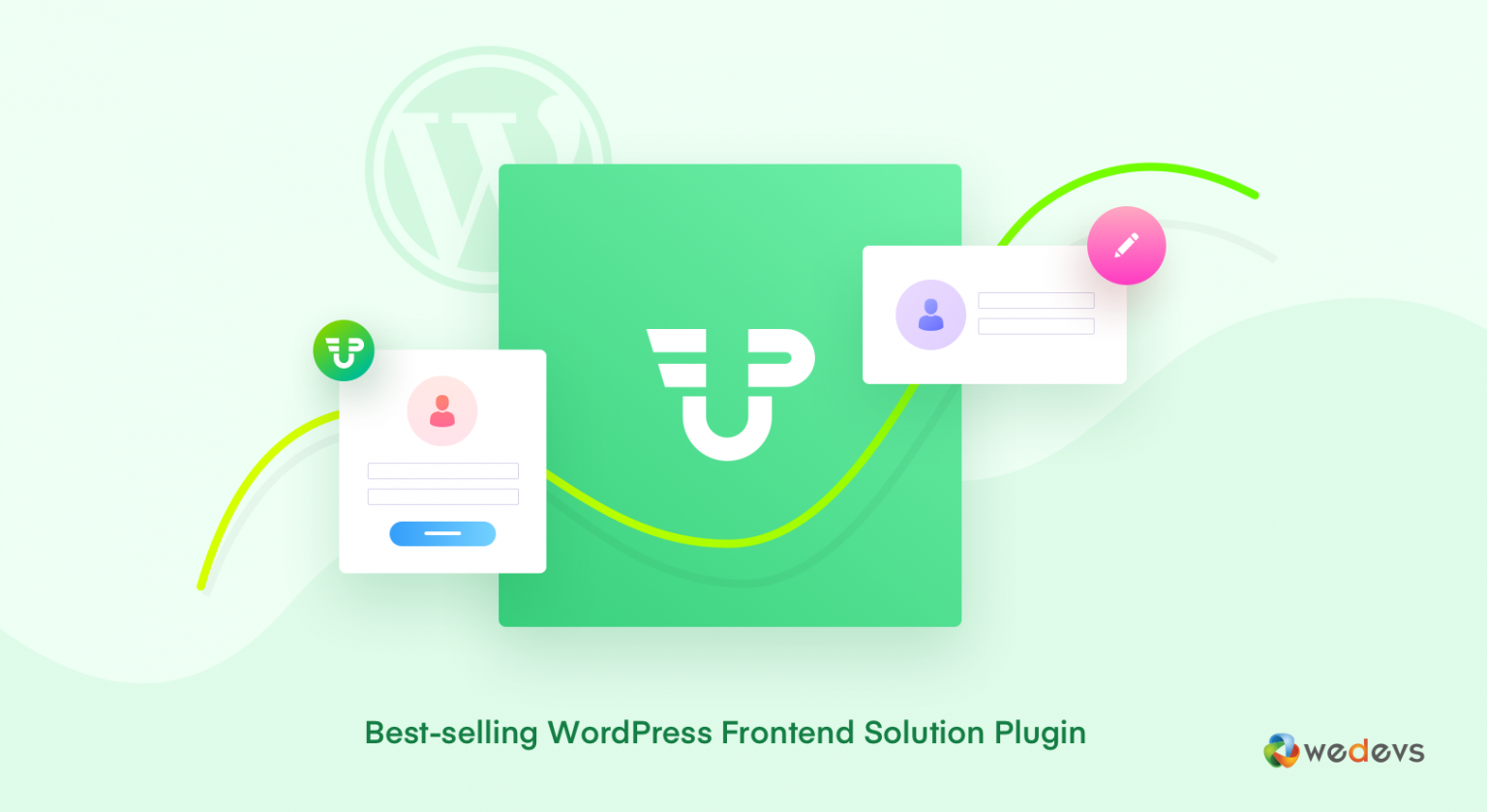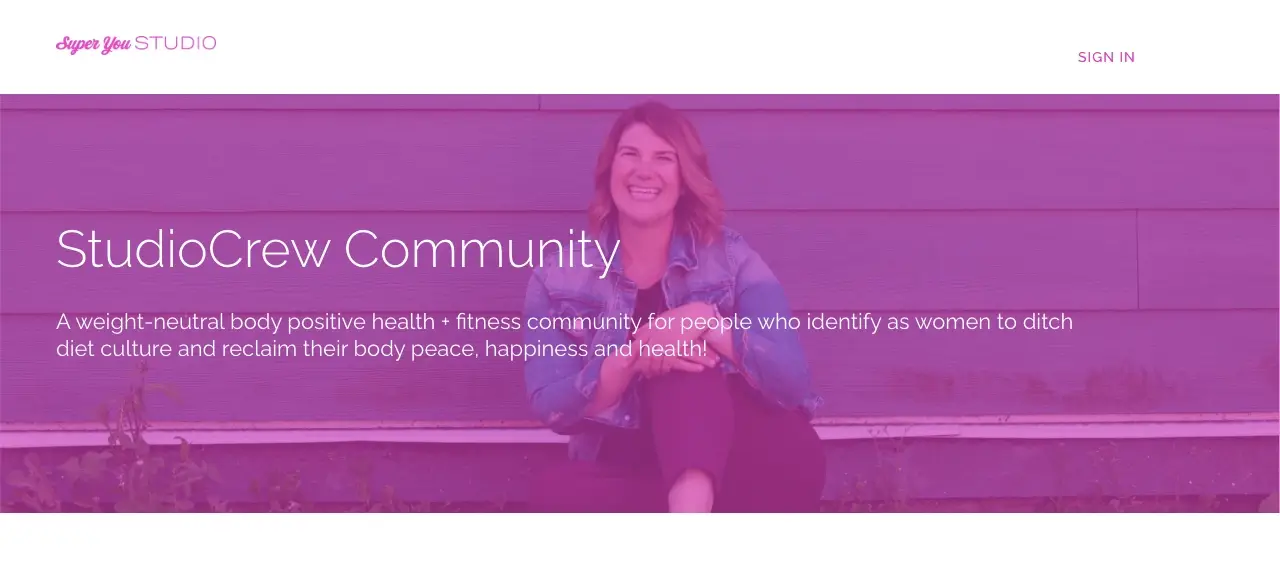
What Are Learning Communities? (Types, Components, and Examples)
Learning communities offer a collaborative and supportive environment where individuals can join to share their learning experiences. This can help foster meaningful connections and active engagement among interested learners.
By creating an effective learning community, you can unlock the optimum potential of education. Not only can people share their knowledge and experience, but their voices are also heard well. There are various types of learning communities you can create both online and offline.
In this blog post, we’ll cover a detailed write-up on what learning communities are, explaining the major types of learning communities, key components, and examples. Get started!
What Are Learning Communities?
A learning community consists of a group of people who gather together with a shared objective to support each other in their learning journey. Both young students and seasoned professionals can create and join in learning communities.
General educational platforms provide only syllabus-based content. All student and user queries are settled only by the Mentor. But in a learning community, people come forward to solve each other's problems and queries. They share their own stories and experiences which helps create a bond between them.
Besides individuals, organizations and systems can also join learning communities. They can exist in various educational contexts, like online courses, colleagues, and schools.
Types of Learning Communities

Learning communities are created and used for different purposes. Based on these objectives, learning communities are of different types. Below we will describe some of the most common types of learning communities based on objectives and why they are used.
Type 01: Professional Learning Communities
Professional learning communities are usually created by a group of people from the same profession, like teachers, doctors, artists, engineers, etc. The primary objective of such communities is to improve professional development and the quality of their skill sets.
Type 02: Academic Learning Communities
From the name you can understand that academic learning communities are formed by students, teachers, and faculty members. They aim to enhance student engagement, coordinate assignments, facilitate learning discussions, align the learning curriculum, and more.
Type 03: Residential Learning Communities
In a residential learning community, students live together in a dormitory. All their activities are observed by one or more mentors. Plus, students and learners are given access to various learning tools, libraries, and resources.
Type 04: Action-Based Learning Communities
In these communities, the learners join to get hands-on experience in various particular subjects. They emphasize the practical application of knowledge and community engagement to ensure active learning. These communities are often affiliated with various organizations.
What Are the Key Components of a Learning Community?

There are some basic elements that are common in almost all learning communities. No learning community can thrive without their presence. We have discussed them briefly below.
1. Shared Goals
Hope from the above discussion, you have realized that each learning community must have a clear common purpose. Because it helps create a sense of trust, unity, and focus that everyone is obliged to follow.
Academic achievement, personal growth, professional development, community impact, etc., could be some shared goals based on the above-mentioned community types. These shared goals could provide a framework for resource distribution, performance evaluation, and decision-making.
2. Connection and Collaboration
Without connection and collaboration, it's impossible to realize the shared goals and objectives. It eases the process of meaningful interactions, grows a well-supportive environment, and nurtures a sense of belonging. It also helps establish mutual trust, respect, and empathy.
Once connection and collaboration are established, people can share their ideas and suggestions to others' problems. If your learning community is based on the web platform, you can allow chatting, commenting, emailing, and sharing options.
But if the community is based offline, connection and collaboration can be actuated via regular meetings, group activities, and phone calls.
3. Shared Resources
Shared resources refer to the tools, materials, expertise, and information that community members can access and utilize for their own development. These shared resources could be books, documentation, tutorials, physical resources, etc.
Shared resources ensure equity in learning communities. It also encourages collaboration and knowledge sharing, enabling the community members to share relevant information, grow expertise, and support each others' learning journey.

4. Reflection and Feedback
Without reflection and feedback, it's impossible to ensure self-awareness and continuous improvement. Reflection encourages community members to think deeply about their strategies and learning outcomes. They can also evaluate their strengths and potential barriers to learning.
Feedback involves gaining valuable suggestions and observations from others about your development. This feedback can come through various channels, like peer assessments, group discussions, and instructors' evaluations.
With the help of these two, reflection and feedback, community members can grow their critical thinking ability.
5. Adaptability and Flexibility
Adaptability opens the door to new ideas and willingness to experiment with innovative strategies and approaches. On the other hand, flexibility promotes different learning styles and preferences so people can choose the best one that suits them.
Adaptability and flexibility allow the community members to nurture their creativity, resilience, and lifelong learning sustainably. They can empower you to thrive dynamically, navigating through complex challenges very smartly.
6. Diverse Membership
The platform on which you build the learning community can have either paid or open memberships. If its membership is premium, you must offer diverse membership options. You can do membership planning based on various factors like content layer, time of access to the content, value proposition, etc.
The advantage of multiple membership options is that interested learners can choose suitable membership options according to their budgets and needs. Without multiple diverse membership options, it is difficult to bring enough users to your learning community.
How Creating a Learning Community Can Promote Your Business

Forum is a popular type of learning community. Today, many big organizations maintain their own learning community to promote their businesses. Apart from promotion, it has various benefits which can play a huge role in business progress. Let's explore them below.
1. Expand Your Network
By creating a learning community, you can expand your business network by connecting like-minded people who share common interests in learning and personal development. Once your network grows big with various people, you can collect their diverse perspectives and insights.
2. Create Brand Awareness
An active learning community can be a powerful way to build a positive reputation for your brand and business. This can work both as a selling point and social proof. It showcases your commitment to helping other people in their continuous learning and development.
3. Reduce Support Tickets
A learning community works as a knowledge hub where people can find answers to many of their questions. Besides, if they can post any of their problems in the community, which other users can solve. As a result, they don't have to create support tickets which can reduce pressure on your business.
4. Get Topic Suggestions
By analyzing the discussion going on in your learning community, you can shortlist the trendy topics. After that, you can write detailed blog posts around those topics to organically get more traffic on your site. This can boost your business growth as well.
Use WP User Frontend to Make Your Learning Community Feature-Rich on WordPress

If you are thinking of building a learning community on WordPress, please try the WP User Frontend plugin at least once. It's a powerful plugin by which you can create a frontend user interface that allows users to register accounts, manage profiles, submit content, and grow engagement without accessing the WordPress admin dashboard.
One of the standout features of this plugin is that you can create custom post-submission forms with it. You can design the form with various custom fields as you want to suit your specific needs. Besides, the plugin offers features, like user directory, content restriction, and payment integration.
Explore tips for building an online community in WordPress.
Why Should You Use WP User Frontend to Create Your Learning Community?
From the above brief discussion, we hope you already have an idea that the WP User Frontend plugin offers features like user registration, management, membership, submission of guest posts, and publishing, which are essential for any learning community platform.
WP User Frontend provides various options to manage user roles and permissions. As an admin or owner of the learning community, you can assign users roles, defining what they can do. The user directory allows people to see the registered users who contribute regularly to this platform.
If you ever think of creating a paid learning community, you can do it using the membership feature of this plugin. You can control user's access to certain content based on their subscription level. This is especially helpful in creating tiered learning programs.
WP User Frontend has integrations with multiple payment gateways, including PayPal and Stripe. Finally, all the necessary documentation for WP User Frontend can be found on the weDevs website. Also, you will always have the support team at your side in case of any problem.
Examples of Learning Communities
There is no shortage of learning communities online today. In addition to English, you will find numerous learning communities that have already been formed in various languages with local people. In this section, we'll list and introduce you to some of the best learning communities.
StudioCrew Community

StudioCrew Community is a community for the physical fitness conscious. It covers the necessary resources and support to help people reorganize their diet culture to reclaim sound health and mind. The community sends weekly emails with tips and inspiration, offers 1-1 coaching through online communication tools, and many more.
Dribble
Dribble is one of the largest communities for designers. Professional and beginner-level designers visit this platform regularly for new creative design inspirations. Dribble offers both free and premium graphic design templates and elements that you can directly use on your design projects.
freeCodeCamp
freeCodeCamp is a free online platform for those interested in web development. You'll be provided with coding numerous challenges and projects. By completing them, you'll get hands-on experience in data structures, algorithms, responsive web design, and dynamic web design on this platform.
PreSales Academy

PreSales Academy offers a several-week-long online learning program to make you an ideal candidate for the PreSales profession. Not only technical/academic knowledge but also this platform provides you with the opportunity to grow your professional network.
Conclusion
Online learning communities today are constantly contributing to the business and professional expertise of numerous people to a new height. Plus, it has been helping businesses around the world to grow their own network, covering a wide range of potential customers and clients.
This is why, you'll see most of the giant organizations, like Google, Apple, and Microsoft, are maintaining learning communities online. So, if you are thinking of creating one for your business, try WPUF and get started right away.

